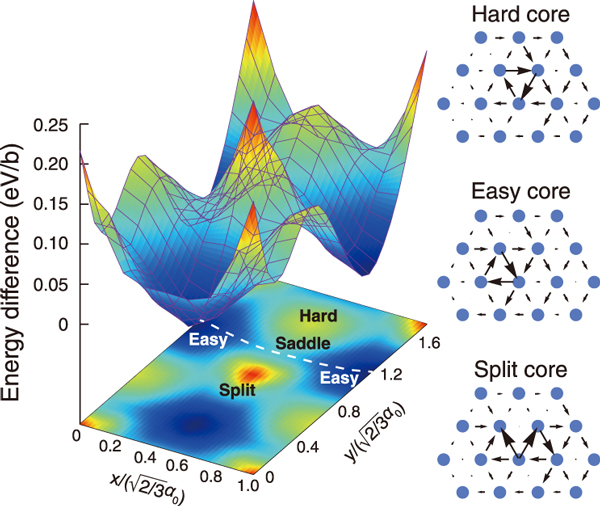
# Spaced Repetition: A Potent Strategy for Knowledge Retention
Spaced repetition stands as one of the pivotal innovations in cognitive science, providing an effective and structured approach to develop strong, long-term memories. In contrast to cramming, which may facilitate passing an imminent exam but usually results in forgetting much of the information within a week, spaced repetition fosters enduring learning by directly addressing the forgetting curve.
By extending study sessions over progressively increasing intervals, you reinforce the material right when your brain is on the verge of forgetting it. This technique serves not only as a strategy for students facing exams—it is also a flexible resource for anyone aiming to retain information across diverse subjects. Whether it’s acquiring a new language, memorizing historical facts, mastering professional competences, or combating biases, spaced repetition empowers you to make memory a **choice, not a chance**.
## Understanding Spaced Repetition
Before we delve deeper, let’s explore the mechanics of spaced repetition. This method relies on a concept identified in the late 1800s by psychologist Hermann Ebbinghaus, who charted the “forgetting curve”—a predictable rate at which memory retention diminishes over time. Ebbinghaus demonstrated that revisiting material at strategically spaced intervals can help mitigate this loss.
By actively recalling information just before it is likely to fade from memory, you fortify the neural connections linked to that knowledge. Gradually, the intervals between reviews can be expanded as your memory solidifies.
To execute this strategy, traditional techniques such as flashcards are available, but in our digital age, specialized applications like **Anki** streamline and customize the experience.
## Anki as a Digital Application for Spaced Repetition
Anki, an open-source app designed for spaced repetition, stands out as an excellent tool for leveraging this technique. Featuring a user-friendly interface and mobile sync capabilities, it enables users to create tailored flashcard decks for any educational objective. As you review your cards, Anki’s algorithm adapts the timing based on your retention of each item. If a concept is easy for you, it is pushed back for the next review, while more challenging items appear sooner for additional practice.
Applications like Anki elevate spaced repetition beyond a mere memory aid; they help alleviate procrastination and disorder in your studying practices. For example:
– You can create cards during your breaks (like while waiting for your coffee).
– You don’t need to organize review schedules manually; the algorithms take care of that.
– It’s applicable to various subjects. Whether memorizing information, formulas, or vocabulary, spaced repetition can be tailored to your preferences.
## Michael Nielsen’s Perspectives on Spaced Repetition
Michael Nielsen, a scientist and author, is a prominent advocate of spaced repetition. In a well-known Twitter thread, Nielsen articulated how a spaced repetition system transformed his learning approach. He referred to it as a revolutionary change, stating:
> “The primary shift is that memory is no longer a random occurrence, left to luck. Instead, I can ensure that I will recall something, with minimal input: it transforms memory into a *choice*.”
Nielsen’s strategy is both methodical and pragmatic. He emphasizes which materials to emphasize, the appropriate size of each memory chunk, and the interplay between understanding and memory. For example, merely memorizing definitions or facts is insufficient without comprehending the larger processes and systems they relate to. Spaced repetition enhances understanding when you concentrate on memorizing essential building blocks while exploring their context.
## Mitigating Cognitive Bias Through Spaced Repetition
In addition to bolstering long-term memory, spaced repetition may also enhance the quality of your thinking. An intriguing illustration comes from the observations of 19th-century naturalist Charles Darwin, who noted his inclination to forget facts that contradicted his beliefs—a cognitive bias still evident among contemporary thinkers. To prevent such inconvenient truths from fading away, Darwin made it a practice to diligently record these observations.
Using Anki’s spaced repetition approach, this concept can be heightened. By intentionally inputting “unfavorable” data or opposing arguments into your review system, learners can counteract their inclination to overlook information that questions their perspectives. This technique nurtures intellectual humility, self-awareness, and a more nuanced viewpoint.
## Spaced Repetition in Conjunction with Effective Learning Methods
The advantages of spaced repetition reach beyond mere memory retention. When combined with other research-backed learning strategies, it results in a synergistic effect that accelerates mastery:
1. **Retrieval Practice**: Spaced repetition naturally involves active recall, one of the most potent techniques for cementing knowledge.
2. **Interleaving**: Switching between various subjects or skills during review sessions engenders a desirable challenge that stimulates deeper learning.
3. **Metacognition**: Spaced repetition allows you to monitor your learning journey, making it easier to pinpoint weaknesses and direct your focus where it’s most beneficial.
## Practical Uses of